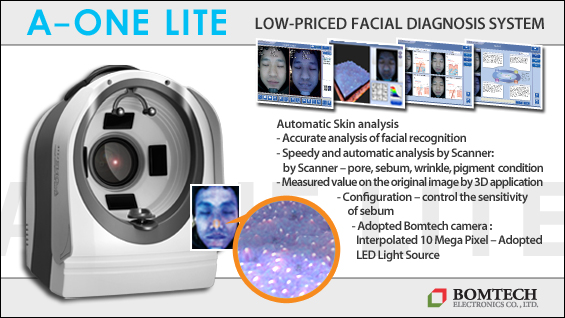▶ Previous Artlcle : [Issue] Laser Training with Clinical Experience of Wound Care and Anatomical Knowledge – Plastic Surgery II

Dr. Jung-hwan Baik of H Plastic Surgery Clinic also started his training in laser during his residency.
“Yonsei University Severance Hospital’s laser room was shared by the department of plastic surgery and the department of dermatology. Plastic surgeons used laser on hemangioma and scars, whereas dermatologists used it on pigment lesions. In the early days, there was little overlap in laser usage between the two departments. The curriculum on laser offered basic theory although the content was not the most up-to-date. After I opened my own practice, I started using pigment lasers because there was a demand for it among patients. Once the rapport is formed, patients who have received surgery come back to the same doctor for laser treatment. I started using devices such as CO₂ laser, IPL, and Nd:YAG laser. User meetings, where laser specialists share their experiences, helped me set parameters for my laser treatments. I developed my own knowhow based on such reference data.”
[Advertisement] A-One LITE(Facial Diagnosys System) – Manufacturer: BOMTECH(www.bomtech.net)
Liposuction and laser assisted lipolysis
Interstitial laser is widely used among plastic surgeons. Due to its invasive nature, this type of laser was more easily performed by plastic surgeons rather than dermatologists. Dr. Jae-woo Park of Park Jae Woo Plastic Surgery is a well-known specialist in interstitial laser assisted lipolysis. He says he became familiar with LAL (Laser-Assisted Lipolysis) through his experience in liposuction.
“In my trainee years, the department of plastic surgery shared the CO₂ laser with dermatology. Therefore, we had limited changes to gain practical experience with laser. I observed my professor’s laser resurfacing procedures as a resident and learned the basic principles. However, patients complained of severe pain and strong anesthesia comparable to general anesthesia had to be used. Outcome was not good as there was no post-laser care. Such limitations held me back from trying laser procedures more confidently. As a fellow and then professor, I used laser sporadically but it was after I opened my own practice that I started using laser extensively. My experience with LAL began with specializing in liposuction. In the beginning, I tried lipo surgery with the 1064nm Nd:YAG laser but found the outcome less than satisfactory. I tried other devices to no avail. Then, I purchased AccuSculpt, a 1444nm Nd:YAG laser manufactured by a Korean company, following a colleague’s recommendation. At first, this device was just as disappointing as the previous ones but time passed and the patient who was treated with this laser came back with drastic improvement. After seeing the difference, I realized that the 1444nm Nd:YAG laser was, indeed, efficacious. I just did not see effect until the follow-up visit. I had theoretical knowledge and some level of practice with laser in medical school. However, as LAL was introduced after I started my clinical practice, I had to learn from my own experience.”
-To be continued-
▶ Next Artlcle : [Issue] Laser Training with Clinical Experience of Wound Care and Anatomical Knowledge – Plastic Surgery IV




















